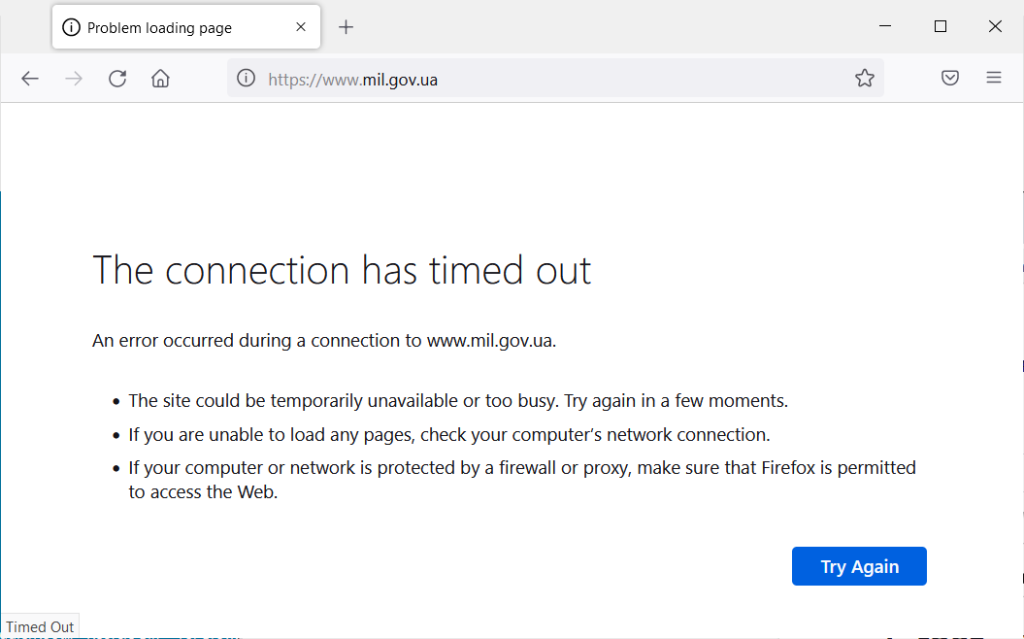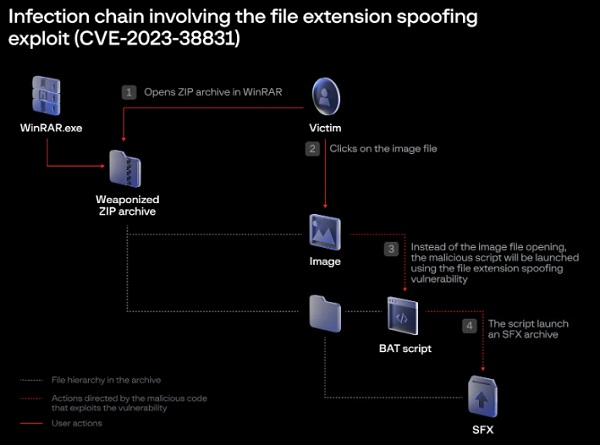Ukraine DDoS assault confirmed by the Ministry of Defense
Due to an alleged DDoS assault on Tuesday, February 15, 2022, the websites of the Ukrainian defense ministry as well as the state banks Privatbank and Oschadbank were unavailable. The website for the Defense Ministry is down, and it has acknowledged that it was attacked, warning the public that it will be speaking via Twitter and Facebook instead.
Mykhailo Fedorov, head of Ukraine’s Ministry of Digital Transformation, said, “A DDoS attack was presumably made against the MOU website. There were too many queries per second, according to the data. Technological efforts to restore normal operation are being made”.
NetBlocks, an organization tracking internet outages around the world, confirmed the loss of service to multiple banking and online platforms in Ukraine “in a manner consistent with a denial of service attack.”

At the same time, two biggest national banks—Privatbank and Oschadbank—and knocking some services offline began around 4 p.m. local time. The “massive DDoS attack” that PrivatBank experienced prevented many online banking functions, such as payments and balance checks, but it had no impact on the company’s main banking operations or put customer funds in danger. Additionally, Oschadbank lost all internet banking features.
No user funds were taken during the event, according to information provided by PrivatBank to the Strategic Communications Center and Information Security. A criminal investigation into the DDoS incidents was subsequently revealed by the National Police.
Distributed Denial of Service (DDoS) is a class of malicious cyberattacks that hackers or cybercriminals use to prevent Internet users from accessing a particular online service, network resource, or host computer.
Targets of DDoS attacks are flooded with thousands or millions of superfluous requests, overwhelming the machine and its supporting resources. An application-layer attack known as an HTTP flood is comparable to repeatedly refreshing a web browser on numerous computers at once. In this way, an overabundance of HTTP requests overwhelms the computer and causes a DDoS.
See more: Acer confirms the breach after hacker offers to sell stolen data
Because DDoS attacks can cost an organisation millions of dollars in remediation expenses, lost revenue, lost productivity, loss of market share, and harm to brand image, they continue to be a problem for CISOs.
Once a suspected attack is underway, an organization has several options to mitigate its effects. Organizations should regularly conduct risk assessments and audits on their devices, servers, and network.
Black hole routing is an additional method of defence, where a network administrator or an organization’s internet service provider establishes a black hole route and directs traffic there.
Author: Vaishnavi Bhujbal
We hope you found article interesting. For more exclusive content follow us on Facebook, Twitter and LinkedIn






